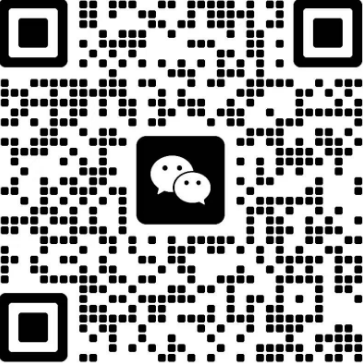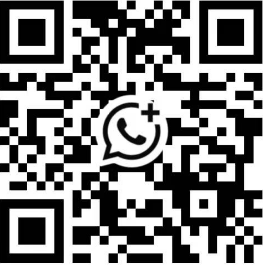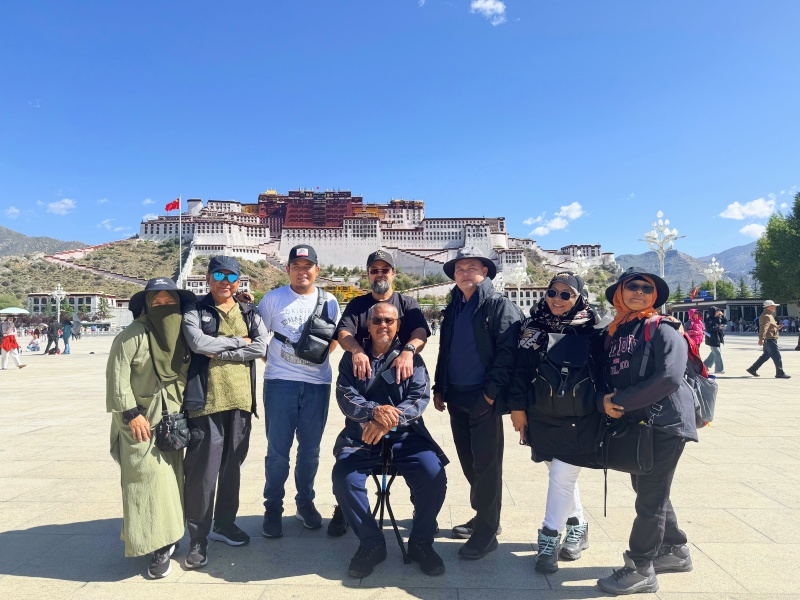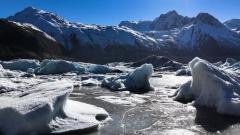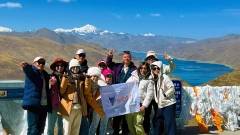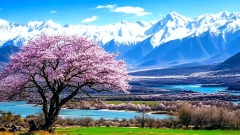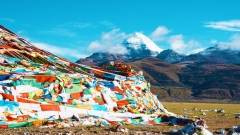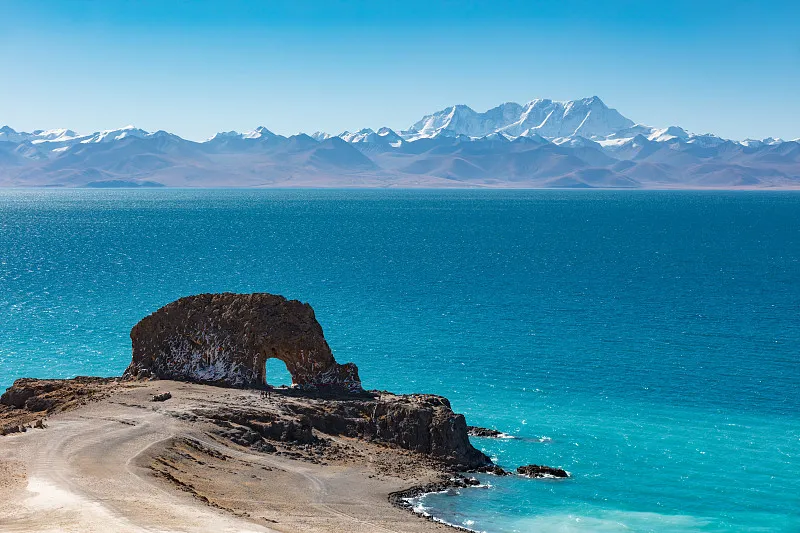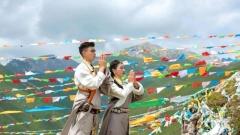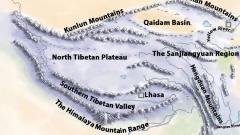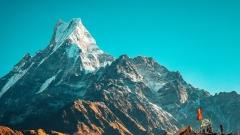Embarking on a journey from Malaysia to Tibet is an unforgettable adventure, blending awe‑inspiring mountain panoramas, vibrant Tibetan culture, and spiritual encounters. This in‑depth guide—brought to you by China Dragon Travel—covers everything Malaysian travellers need to prepare: from permits and transport options to budgeting, best seasons, packing essentials, and altitude safety.
1. Essential Tibet Travel Documents for Malaysians
Before you depart, ensure all required paperwork is in order. Here’s what you’ll need:
1.1 Passport
- Validity: At least six months beyond your planned return date.
- Blank Pages: Minimum two blank visa pages.
1.2 Chinese Tourist Visa (L Visa)
- Visa‑Free Period: Malaysians enjoy a 15‑day visa‑free entry into China through 31 December 2024.
- Beyond 15 Days: Apply in advance at the Chinese Embassy or Consulate in Malaysia.
- Required Documents: Passport copy, round‑trip flight itinerary, hotel bookings, and proof of financial means (bank statement or employer letter).
1.3 Tibet Travel Permit (Tibet Entry Permit)
- Purpose: Mandatory for entry into the Tibet Autonomous Region.
- Application: Handled entirely by China Dragon Travel—simply provide a scanned passport copy, passport‑style photo, and your intended itinerary.
- Processing Time: Typically 5–7 working days.
1.4 Alien’s Travel Permit (Frontier Permit)
- When Required: Visiting border areas such as Everest Base Camp or the far western prefectures (e.g., Ngari).
- Processing: China Dragon Travel liaises with national defence authorities; allow 7–10 working days for approval.
1.5 Military Region Permit
- When Required: Certain sensitive zones under military control (e.g., parts of Nyingchi or Ngari).
- Processing: Managed alongside the Frontier Permit by your tour operator.
Tip: All Tibet-specific permits can be arranged by China Dragon Travel. Just submit your documents at least one month before departure, and we’ll handle the rest.

2. Transportation Options for Malaysians
Since there are currently no direct flights from Malaysia to Lhasa, choose one of these three routes:
2.1 Air‑to‑Air via Mainland China
- Leg 1: Fly from Kuala Lumpur (KUL), Penang (PEN), or Kota Kinabalu (BKI) to a major Chinese hub—Chengdu (CTU), Chongqing (CKG), Beijing (PEK), Shanghai (PVG), Guangzhou (CAN), or Xining (XNN).
- Leg 2: Connect onward to Lhasa Gonggar Airport (LXA).
- Pros: Fastest, most comfortable; baggage checked through to Lhasa.
- Cons: Potentially long layovers.
- Estimated Cost: CNY 3,500–8,000 round‑trip (≈MYR 2,300–5,200).
2.2 Air + Qinghai–Tibet Railway
- Leg 1: Fly to Chengdu, Xining, Beijing, or Guangzhou.
- Leg 2: Board the Qinghai–Tibet Railway from Xining or Chengdu East to Lhasa (second‑class seat: CNY 550–800 one way).
- Pros: Stunning high‑altitude scenery; gradual ascent helps acclimatisation.
- Cons: Journey time 34–48 hours.
- Tip: Book a soft sleeper for overnight comfort.
2.3 Kathmandu Overland Adventure
- Fly to Kathmandu (KTM), Nepal.
- Travel by 4×4 jeep or tourist bus across the Friendship Highway via Gyirong or Zhangmu border.
- Pros: Himalayan panoramas; cultural immersion in Nepal.
- Cons: Requires group visa and permits; rough roads; 2–3 days travel time.
- Estimated Cost: CNY 1,200–1,800 per vehicle (includes permits & transport).
Service: China Dragon Travel handles all ticket bookings, border‑crossing logistics, and visa arrangements, ensuring a worry‑free experience.
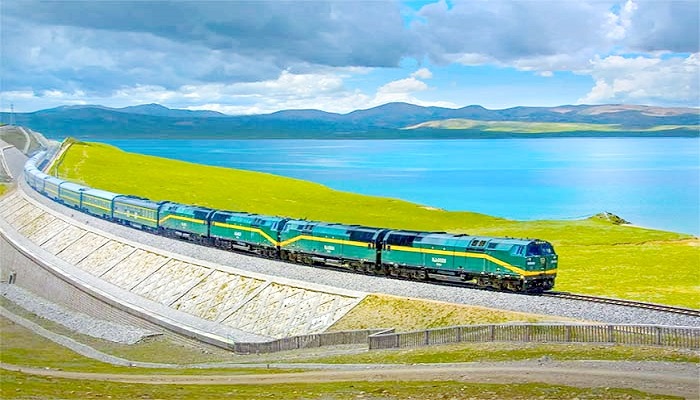
3. Tibet Budget Planning & Money‑Saving Tips for for Malaysians
Your total cost typically includes transportation, tour package fees, and personal expenses.
3.1 Transportation Costs
- Airfare (Round‑Trip): CNY 3,500–8,000 (≈MYR 2,300–5,200).
- Train (Second Class): CNY 550–800 one way.
- Overland Jeep: CNY 1,200–1,800 per vehicle.
3.2 Tour Package Fees
- 5‑Day Classic Tour: From CNY 6,080 per person (Lhasa & Namtso Lake).
- 7–10 Day Extended Tour: CNY 10,000–18,000 per person (includes Everest Base Camp, Shigatse, Ngari circuits).
3.3 Personal Expenses
- Meals & Tips: CNY 50–100 per day.
- Souvenirs: CNY 500–1,000.
- Upgraded Accommodation: CNY 200–600 per night.
Estimated Total: A standard group tour costs around CNY 9,000–12,000 (≈MYR 5,900–7,800) per person. Book early or travel off‑peak to secure better rates. Check with China Dragon Travel for current promotions.
4. Best Time to Visit Tibet for Malaysians
Tibet’s climate varies dramatically by season. The most comfortable windows are April–May and September–October.
| Season | Months | Temperature | Highlights |
|---|---|---|---|
| Spring | April–May | 5 °C to 20 °C | Blooming rhododendrons and peach blossoms |
| Summer | June–August | 10 °C to 25 °C | Lush forests in Nyingchi; occasional afternoon rain |
| Autumn | September–October | 5 °C to 20 °C | Golden foliage; clear reflections on high‑altitude lakes |
| Winter | November–March | -10 °C to 10 °C | Snow‑capped peaks; ideal for seasoned adventurers |
Reminder: UV radiation is intense year‑round. Apply SPF50+ sunscreen and wear UV‑blocking sunglasses. China Dragon Travel monitors local weather and road conditions to optimize your itinerary.
5. Tibet Packing & Health Essentials for for Malaysians
High altitude, strong sun, and large temperature swings demand thoughtful packing:
- Clothing:
- Layered system: moisture‑wicking base layers, fleece mid‑layers, windproof/waterproof outer shell.
- Insulated jacket or down vest.
- Sturdy hiking boots or trail shoes.
- Sun Protection:
- Mineral‑based SPF50+ sunscreen.
- Lip balm with SPF.
- UV‑rated sunglasses and a wide‑brimmed hat.
- Medical Kit:
- Altitude‑sickness prevention (Rhodiola supplements, altitude pills).
- Quick‑energy snacks (glucose tablets, nuts, energy bars).
- Basic first‑aid: painkillers, antidiarrhoeals, antihistamines, bandages.
- Electronics:
- Smartphone + power bank.
- Camera + extra memory cards.
- Universal adapter (China uses types A, C, and I).
- Extras:
- Reusable water bottle.
- Lightweight rain poncho or compact umbrella.
- Neck pillow, earplugs, eye mask for train/flight comfort.
Tip: If you’d rather travel light, many supplies can be purchased in Lhasa’s Barkhor Market and around Jokhang Temple.
6. Tibet Altitude Adaptation & Safety Tips for Malaysians
Ascending to 3,600 m+ demands respect for your body’s limits. Observe these guidelines to minimise altitude‑related issues:
- Acclimatise Gradually: Rest and hydrate on day one. Avoid strenuous activity.
- Preventative Medication: Begin Rhodiola or prescribed altitude‑sickness pills 2–3 days before departure.
- Listen to Your Body: Descend immediately if you develop severe headache, nausea, or breathlessness.
- Keep Warm: Wear layered clothing to avoid hypothermia.
Safety First: China Dragon Travel employs certified guides, experienced drivers, and medical support to ensure your wellbeing from arrival to departure.
For Malaysian travellers, Tibet offers a once‑in‑a‑lifetime blend of natural grandeur and cultural richness. By securing the right permits, choosing an optimal travel route, budgeting wisely, packing appropriately, and following altitude‑safety best practices, you set the stage for an extraordinary journey.
China Dragon Travel specialises in crafting personalised, worry‑free Tibet tours: permit handling, transport logistics, professional local guides, and tailor‑made itineraries. Let us manage every detail so you can immerse yourself fully in the magic of the Himalayas. Contact us today to begin planning your high‑altitude adventure!

